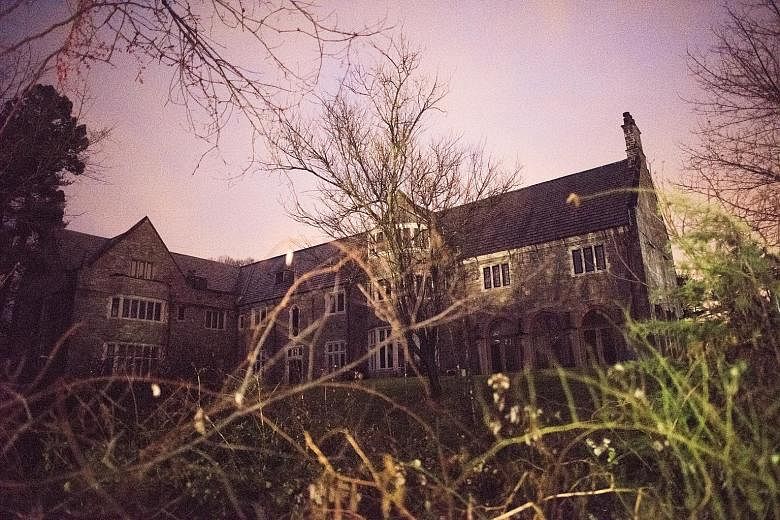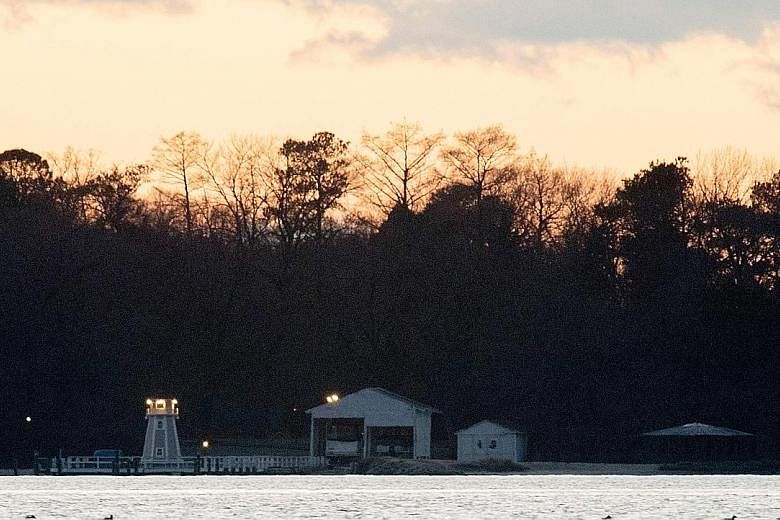WASHINGTON • A pair of luxurious waterfront compounds outside New York and Washington have, for decades, been a retreat for Russian diplomats, places to frolic in the water, play tennis and take lengthy steam baths.
On Thursday, Obama administration officials described the compounds differently - as beachside spy nests sometimes used by Russian intelligence operatives to have long conversations on the sand to avoid being ensnared by US electronic surveillance. They ordered all Russians out of the compounds within 24 hours.
The compound in Maryland sits on around 18ha of land at Pioneer Point, a peninsula where the Corsica and Chester rivers merge. It is about a 90-minute drive from downtown Washington, by the Eastern Shore town of Centreville in Queen Anne's County, and can reportedly accommodate 40 families at a time.
American photographer Gary Landsman entered the compound and took pictures of its lavish interior - including large dining rooms, carefully decorated lounge rooms and elaborate outdoor areas.
The site was purchased by the Soviet government in 1972, and became something of a resort for Soviets living in the United States. It was also used for official Russian functions. It is the former estate of Mr John Raskob, a former executive of DuPont and General Motors who is perhaps best known as the builder of the Empire State Building.
The Soviets later added to the estate by making a deal with the State Department, which received two properties in Moscow in return. At the time of its purchase, there was some resistance to the sale, with a local newspaper reporting there were "fears of nuclear submarines surfacing in the Chester River to pick up American secrets and defectors".
But by 1974, The New York Times reported that many locals had been won over, with the help of dinner parties and gifts of vodka and caviar.
"As far as neighbours are concerned, you couldn't ask for better," Mr Joe Handley, a former estate manager for Mr Raskob, told The Washington Post in 1979. "They don't bother anybody."
On Thursday, US officials would not confirm the location of the New York compound being shut down - saying only that it was a 5.6ha property on Long Island that had been purchased by the Soviet government in 1954.
However, a number of Russia- watching bloggers pointed towards the Killenworth estate in Glen Cove, which acts as the country home for Moscow's delegation to the United Nations. The grand country house was once owned by American philanthropist George Dupont Pratt, and has been rumoured to house Soviet spies.
NYTIMES, WASHINGTON POST


